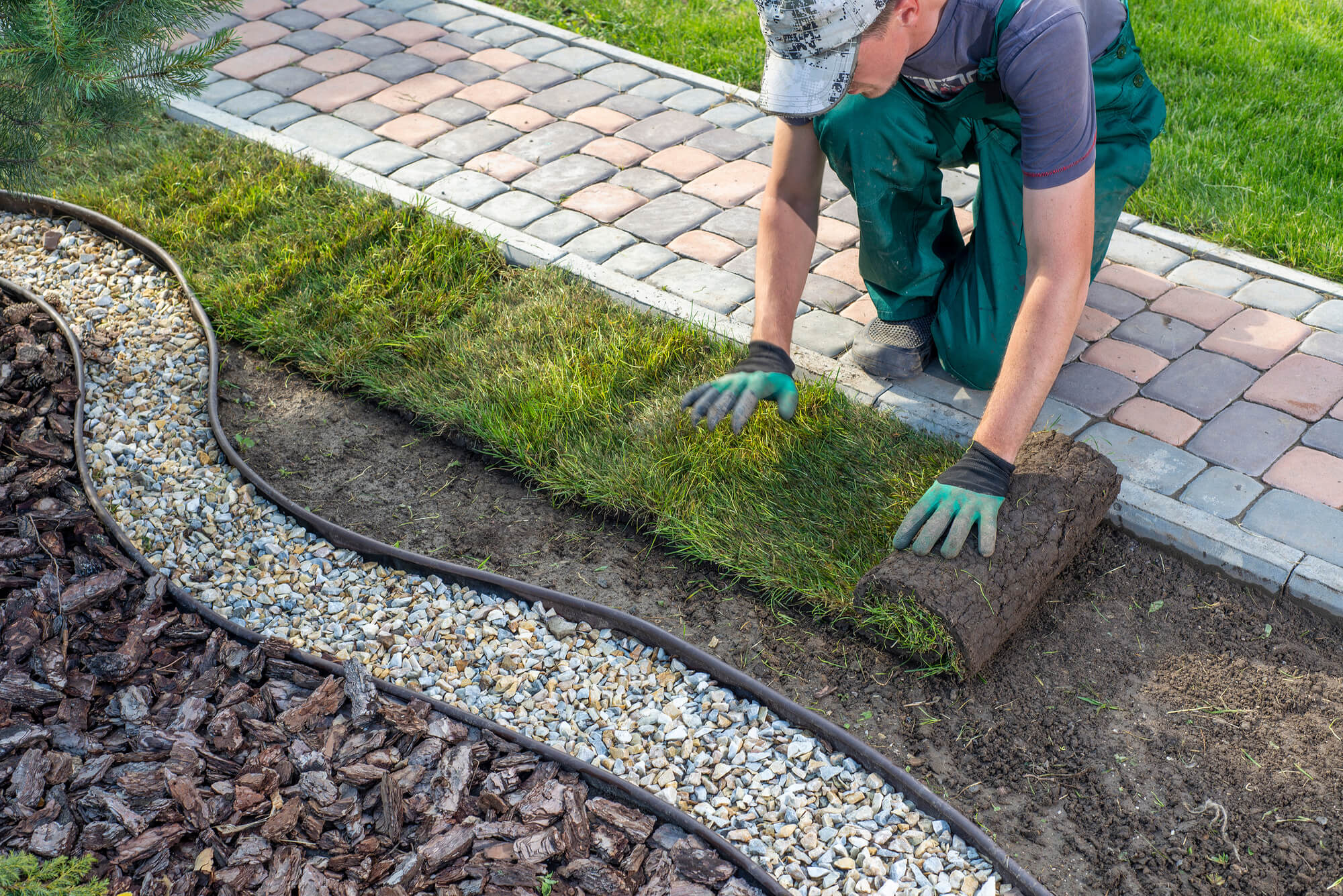As you approach a home, landscaping is the first thing that catches your eye. Does the yard boast abundant plants, or is the homeowner a fan of a more minimalistic look? Is there a stone walkway leading up to the front door? Your gaze will naturally wander toward the trees, flowers, and shrubs lining the property’s perimeter. And the outdoor lighting or LED lights will illuminate your path at nightfall.
Believe it or not, landscaping can reveal much about your home and yourself. Fear not if you want to spruce up your yard without breaking the bank! There are plenty of affordable landscape ideas to enhance the curb appeal of your home.
Don’t let a tight budget hold you back from transforming your yard. Check out these budget-friendly landscaping ideas that will elevate the look of your outdoor space:
Hire A Professional Landscaper

Hiring a landscaping West Hartford designer or contractor can be an excellent option for those lacking the time or expertise to tackle a landscaping project independently. While the cost of hiring a professional may be higher than attempting a DIY project, the benefits of having an experienced and skilled expert at the helm can far outweigh the extra cost.
First and foremost, a professional designer or contractor will have the knowledge and skills necessary to ensure your landscaping project succeeds. This includes everything from selecting the right plants and materials to creating a layout and design that maximizes the beauty and functionality of your outdoor space. With a professional, you can avoid costly mistakes and delays arising from inexperience or a lack of knowledge.
Furthermore, hiring a landscaping professional can save you both time and money in the long run. A professional contractor will be able to complete your project quickly and efficiently, ensuring that you can enjoy your new outdoor space as soon as possible. In addition, a professional designer or contractor can help you to stay within your budget by sourcing the best materials and tools at the best possible prices.
Invest In Plants Native To Your Area
Consider using indigenous plants to spruce up your yard without breaking the bank. These plants are already accustomed to your area’s climate and soil conditions, making them low-maintenance compared to foreign species. Not only do they fill empty spaces, but they also provide a habitat for local wildlife. Native plants can serve as a food source and shelter for birds, butterflies, and other creatures.
Indigenous flora is also known for its resilience and resistance to pests and diseases, which means fewer expenses for garden upkeep. But before you start planting, research the specific requirements of each plant in terms of soil quality, light exposure, and other factors.
Investing in native plants is a wise decision for any budget-conscious homeowner. You’ll enjoy their beauty and benefits with proper care for years.
Go For DIY Focal Points
While plants make up most of your yard, remember that you also need to consider how you can seamlessly integrate the outdoor living space into your landscape design. Since you’re on a budget, creating DIY focal points can be an excellent solution to making this happen.
When considering the style and plants you want to include, take the time to brainstorm potential features that will complement and enhance your overall design. Certain features may naturally lend themselves to becoming a focal point depending on your specific design. When selecting a focal point for your garden, consider both form and function. A well-placed feature can draw the eye and create a sense of visual interest while also serving a practical purpose, such as providing shade, seating, or a habitat for local wildlife.
For example, a tranquil, Zen-like garden may benefit from a small water feature as its focal point, creating a calming and serene atmosphere. On the other hand, a quaint cottage garden may be enhanced by a charming cement statue that evokes a sense of whimsy and nostalgia. And a formal garden design could benefit from an elegant obelisk that adds height and structure to the space.
Use What You Already Have
Before starting a new landscaping project, closely examine the materials you already have on hand. Rather than simply throwing away hardscape elements you no longer like, consider repurposing or selling them. Could the stones surrounding your flower transform it into a beautiful new walkway? Might those extra two-by-fours from an old fence be the perfect edging for your newly raised garden?
If you can’t repurpose your existing materials, try contacting neighbors or friends to see if you can swap items with them. By collaborating with others, you can use each other’s extra materials and skills without hiring a professional.
By taking a creative and resourceful approach to your landscaping projects, you can save money, reduce waste, and create beautiful outdoor spaces that reflect your unique vision and style. Before you toss anything out, take a moment to think about all the possibilities that may exist for repurposing, swapping, or selling your existing materials.
Conclusion
Landscaping on a budget is not only a practical way to increase your property’s value but also an excellent way to enhance your outdoor living space. Many homeowners underestimate the power of a well-designed and maintained landscape in adding value to their property. By carefully selecting and arranging plants, hardscape elements, and other outdoor features, you can create a beautiful and functional space that enhances your property’s curb and overall appeal.
And the best part? Landscaping on a budget doesn’t have to be complicated or expensive. With creativity and careful planning, you can achieve stunning results without breaking the bank. Some simple ways to save money include using native plants, repurposing existing materials, and doing some of the work yourself.

